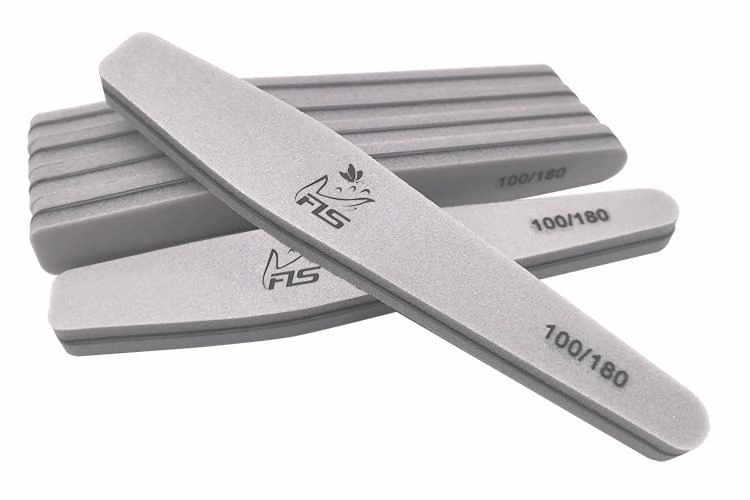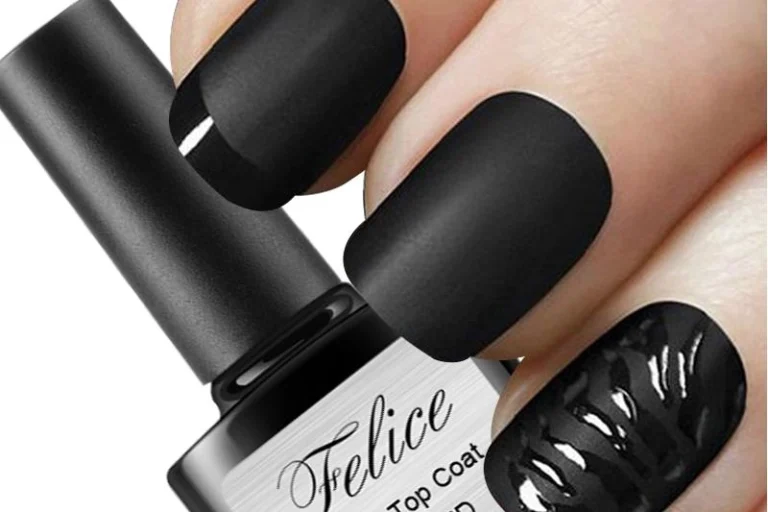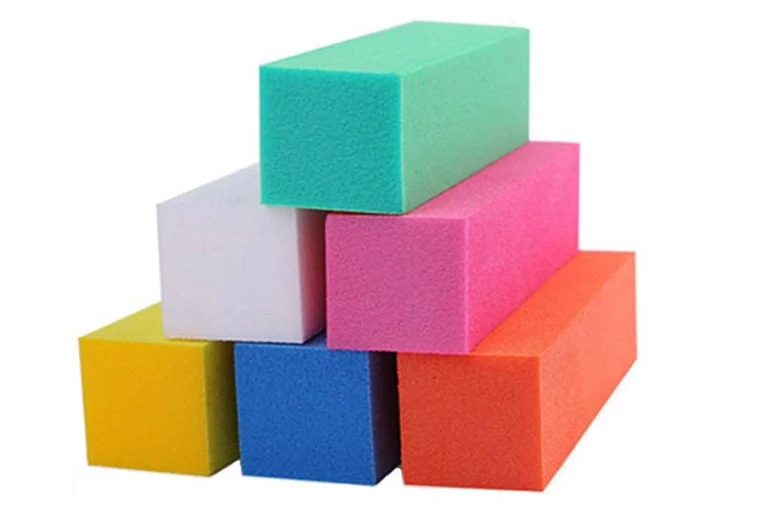To keep the nails healthy and beautiful, you need to take extra care of it. In addition to looking beautiful, nail art can also make your nails stronger and prevent them from breaking. Knowing the types of nail files and how to use them properly can help you get the nails you want! In the meantime, choose for yourself an exclusive and competent nail company, like Yiwu Felice, a professional nail company where all products can be designed and manufactured according to customers’ requirements! Yiwu Felice can become your ideal and reliable partner.
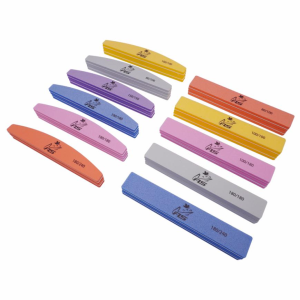
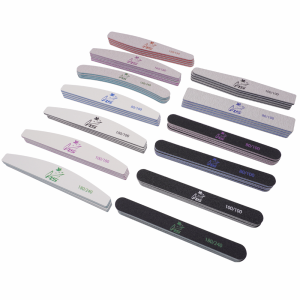
Types of Nail Files
Emery Boards
Emery boards are a popular choice among many due to their affordability and accessibility. These files are composed of cardboard or foam core coated with emery, a type of abrasive material ideal for filing nails. The dual-sided feature of emery boards, typically having a coarse grit on one side and a fine grit on the other, allows for versatile usage. The coarse side is suitable for reducing nail length and shaping the nail edge, while the fine side is better for smoothing and refining the nail’s surface to achieve a polished look. To avoid damaging your nails, always file them in one direction rather than back and forth, which may cause splitting and peeling.
Glass Files
Glass files, also known as crystal files, are a premium option for those seeking a durable and gentle nail care tool. Made from tempered glass, these files offer a smooth and fine grain surface, making them ideal for sensitive or brittle nails. Glass nail files can seal the keratin layers at the edge of the nails, preventing chipping and breaking. Additionally, they are washable and reusable, ensuring a long lifespan. When using a glass nail file, gently glide it across your nails in a consistent direction to shape and smooth the edges. Its fine grit allows for precise control, making it excellent for detailed work and achieving a refined finish.
Metal Files
Metal files, made of stainless steel, are strong and durable. They work well on thick or artificial nails that need more force to shape. These files can quickly shape and shorten nails because they are sturdy. However, they may not be as gentle as other types, so caution is needed to avoid stressing the nail plate. When using a metal nail file, apply light pressure and use smooth, one-way strokes to prevent damage. Also, metal files come in different grit sizes, so choosing the right grit for your nail type is important for the best results.
To wrap up, selecting the right nail file plays a crucial role in maintaining both the health and look of your nails. Emery boards are a flexible and budget-friendly choice, glass files offer a gentle yet long-lasting option, and metal files are ideal for those requiring sturdier shaping tools. By mastering the use of each type of nail file, you can keep your nails strong, well-shaped, and attractive.
Proper Nail Filing Techniques
Maintaining Healthy Nails During Filing
Maintaining the health of your nails during the filing process is paramount. Taking preventive measures against over-filing, ensuring proper moisturization, and using nail-strengthening products are essential steps to achieve this.
Preventing Over-Filing
Over-filing can weaken your nails, making them prone to breakage and splits. To prevent this, always use a gentle touch and avoid excessive filing in one session. Pay attention to the thickness of your nails, and if they appear too thin or fragile, stop filing immediately. Maintaining a consistent schedule, such as filing your nails once a week, can help manage their shape without causing damage.
Moisturizing After Filing
After filing, your nails and surrounding skin can become dry. To counteract this, apply a nourishing cuticle oil or a rich hand cream. Moisturizing helps restore hydration and promotes nail health. This step is crucial as healthy, moisturized nails are less likely to develop nail conditions such as hangnails or peeling. By keeping your nails and skin well-hydrated, you can maintain their integrity and appearance.
Using Strengthening Products
Incorporating nail-strengthening products into your daily routine can provide extra protection. Strengthening treatments, such as nail hardeners or strengtheners, help fortify the nail plate, enhancing its resilience. These products are usually enriched with vitamins and minerals that nourish the nails, promoting their growth and durability. Regular use of these strengthening products ensures that your nails stay strong and are less prone to external stress.
Preparing Your Nails
Proper preparation of your nails sets the foundation for effective filing. This involves cleaning, drying your nails, and trimming any excess length to establish a clean slate for shaping.
Cleaning and Drying Your Nails
Start by cleaning your nails thoroughly to remove any dirt or residue. This can be done using a gentle nail brush and warm, soapy water. Once clean, make sure to dry your nails completely. Filing wet nails can cause them to bend or tear, leading to uneven edges. Ensuring your nails are clean and dry before filing them will facilitate smoother, more precise work.
Trimming Excess Length
Before filing, assess the length of your nails. Use nail clippers to trim any excessive length, especially if your nails are overly long or have uneven edges. This preliminary trimming makes the filing process more manageable and ensures you start with a uniform nail length. By doing so, you can work more efficiently and achieve the desired nail shape with greater ease.Another point here is to make sure that the length and shape of your nails match the ideal nail sticker!
Step-by-Step Filing Process
To ensure beautifully shaped nails without causing damage, proper filing technique is crucial. This includes choosing the right nail file, holding it properly, filing in a consistent direction, and steering clear of back-and-forth motions.
Choosing the Right Nail File for Your Nails
Selecting the right type of nail file is crucial based on your nail type and desired outcome. Consider whether an emery board, glass file, or metal file is most suitable. Each file type offers varying levels of grit and durability, catering to different needs. Using the correct file ensures that your nails are filed efficiently without unnecessary damage or stress.
Holding the Nail File Correctly
Grip the nail file firmly but comfortably. Holding it at a slight angle against the edge of your nail will provide better control. An incorrect grip can lead to uneven filing and poor results. Practice holding the file in different positions to find what feels most natural and allows for precision. A secure grip ensures steady and consistent filing strokes.
Filing in One Direction
Always file your nails in one direction rather than using a back-and-forth motion. Filing in one direction minimizes the risk of splitting and peeling. Start at the outer edge of your nail and move towards the center, using smooth, even strokes. This technique helps maintain the integrity of the nail’s structure and promotes a cleaner finish. After that, you need to use a proper nail buffer to give your nails a lustrous look, which is for polishing and achieving a mirror finish on the nails.
Avoiding Back-and-Forth Motion
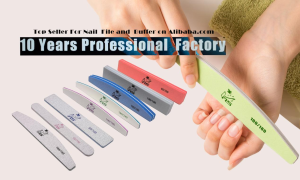
Preventing the back-and-forth filing motion is essential to avoid weakening the nails. This repeated action can lead to fraying and breakage. By restricting file strokes to a single direction, you minimize the stress on your nails, maintaining their strength and appearance. Consistent, gentle strokes will gradually shape your nails without compromising their health.
In conclusion, mastering the art of effective nail filing requires an understanding of proper techniques and nail tools. By preventing over-filing, moisturizing, and using strengthening products, you can maintain nail health during the process. Preparing your nails through cleaning and trimming sets the stage for successful filing. Following the step-by-step filing process ensures that your nails are beautifully shaped without damage, resulting in healthy, attractive nails.
Common Mistakes to Avoid with Nail Files
Filing Nails When Wet
One common mistake many individuals make is filing their nails when they are wet. Wet nails are more flexible and prone to damage, leading to uneven edges and potential tears. When nails are soaked, the keratin layers are softer and more likely to separate, resulting in splitting. For optimal results, always ensure your nails are completely dry before using a nail file. Waiting until your nails have air-dried will provide a firmer surface for filing, promoting smoother and more controlled shaping.
Using Old or Damaged Nail Files
Another mistake to be cautious of is using old or damaged nail files. Over time, the abrasive surface of a nail file can wear down, becoming less effective and potentially causing harm to your nails. A worn-out file can lead to uneven and jagged edges, making your nails more susceptible to breakage. Regularly inspect your nail file for signs of wear and replace it when necessary. By using a fresh, high-quality nail file, you ensure the best possible care for your nails, resulting in a more precise and smooth finish.
Aside from that, to minimize mistakes, you can choose a professional nail art company such as Yiwu Felice, who can advise you on professional nail tools. Then you list your individual needs, let Yiwu Felice customize a product for you and provide samples to show. With Yiwu Felice’ s high-quality service, you can surely get the fittest nail file to minimize the error rate.

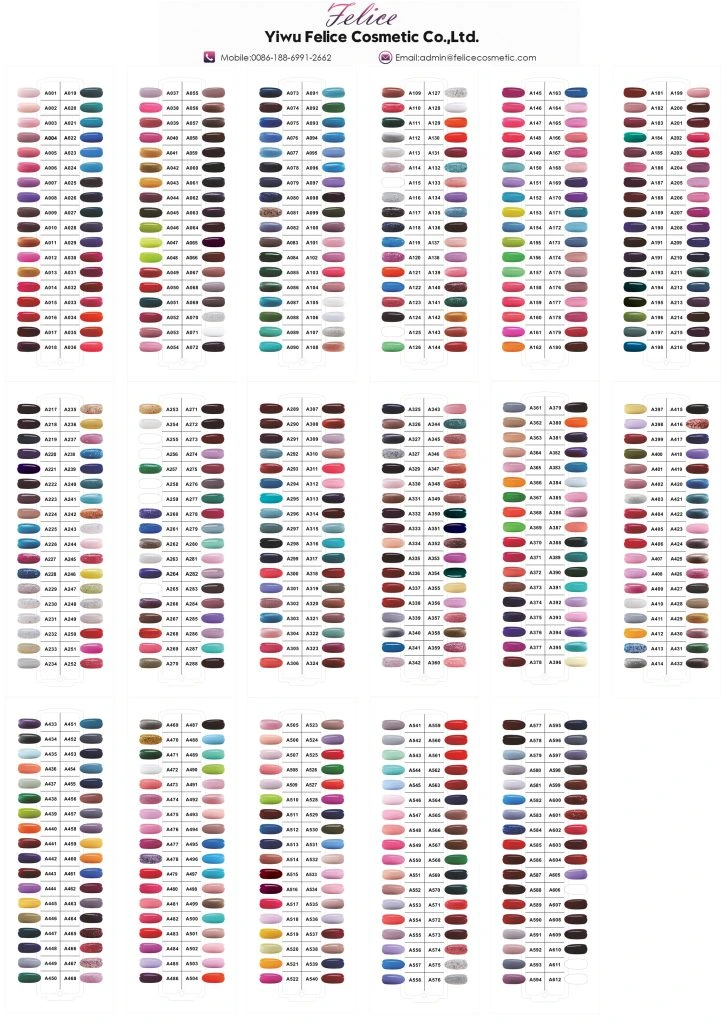
.webp)
